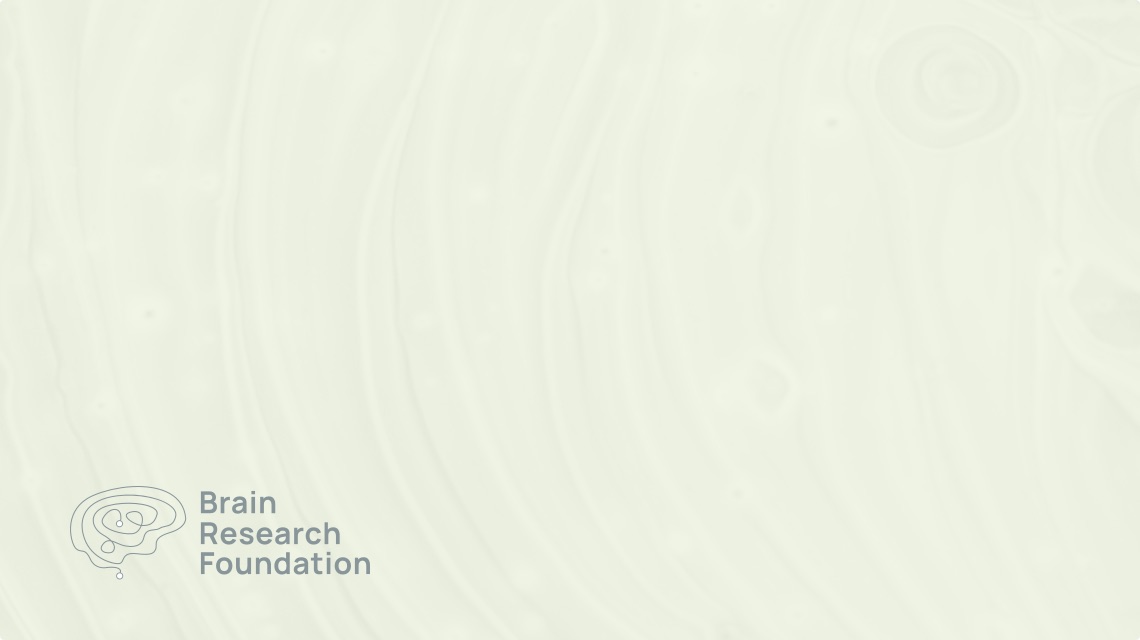Kinematics, electromyography, and cortical activity during reaching, grasping and feeding in macaque primates
2007 Seed Grant
Callum Ross, Ph.D.
The University of Chicago
Humans use coordinated movements of their arms, hands and mouths for a range daily life, from eating and drinking to playing musical instruments. These apparently simple activities require that the limbs and mouth move in a coordinated fashion. Inability to limbs and mouth, as seen in some movement disorders, can mean that people cannot do simple things that allow them to be independent, such as feeding themselves. This research seeks to understand the role that the cortex of the brain plays in initiating and coordinating movement of the upper limb and jaws. We seek not only to discover basic principles of movement control, but to investigate ways that this information might be used to design prosthetic devices that can return some level of independence to paralyzed individuals. It is known that different areas of the cortex are important for controlling reach-and-grasp and feeding systems. The patterns of activity in large populations of cortical neurons in these different areas will be recorded while the animals perform the natural and important actions of reaching, grasping, and placing food in the mouth, as well as biting, chewing and swallowing. The relationship that these patterns of cortical activity have to patterns of movement, muscle activity, and force production will be investigated. These data will be used to ask: How does the brain coordinate simple body movements into a complex action, like reaching for a cup of coffee?
Coordinated reaching and grasping is a fundamental feature of human behavior that traces its evolutionary roots to primate foraging for food in arboreal environments and has allowed for the development of more complex actions including tool use and, ultimately, knowledge acquisition through direct contact. The proposed project has important implications in understanding the cortical contribution to these coordinated behaviors. This project seeks to explicitly characterize the coordination patterns of reach-to-grasp behavior encoded by single neurons within frontal cortical areas. In addition, by simultaneously recording from large populations of motor cortical neurons, this project will extend single neuron analyses by considering whether spatio-temporal patterns emerging from ensembles of interacting motor cortical neurons encode these coordinated movements, and, therefore, may likely alter current thinking on cortical coding in general. This work has direct relevance towards the development of a neuro-motor prosthesis by which paralyzed patients may be able to control grasp as well as transport components of artificial devices by activating ensembles of motor cortical neurons.



